After a Year of Uncertainty, Hollywood and E-commerce Can Save LA in 2021
The entertainment capital of the world is also at the heart of the e-commerce boom. As major job generators, the two sectors will likely form the foundation of L.A.’s recovery.
By Greg Cornfield December 31, 2020 9:30 pm
reprints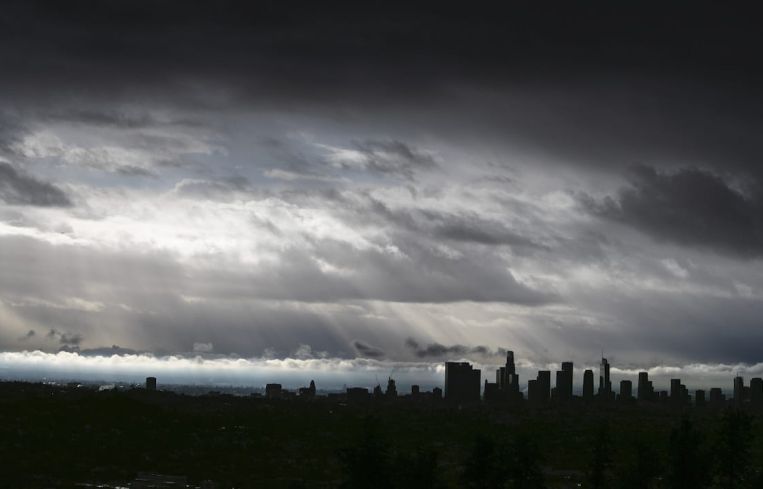


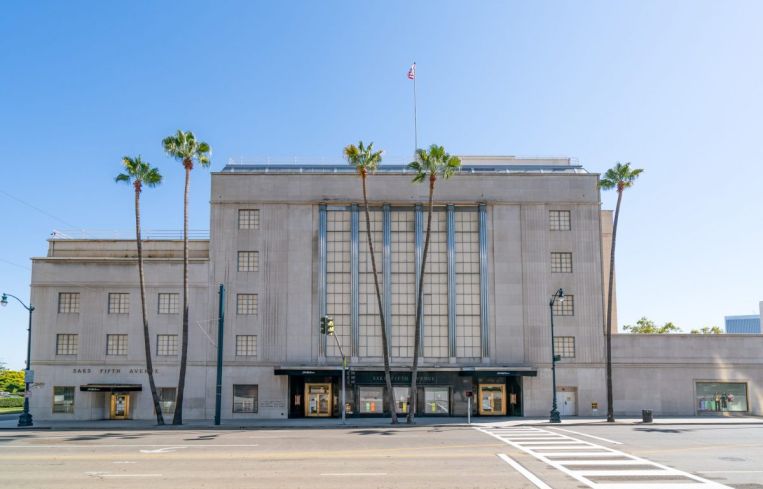

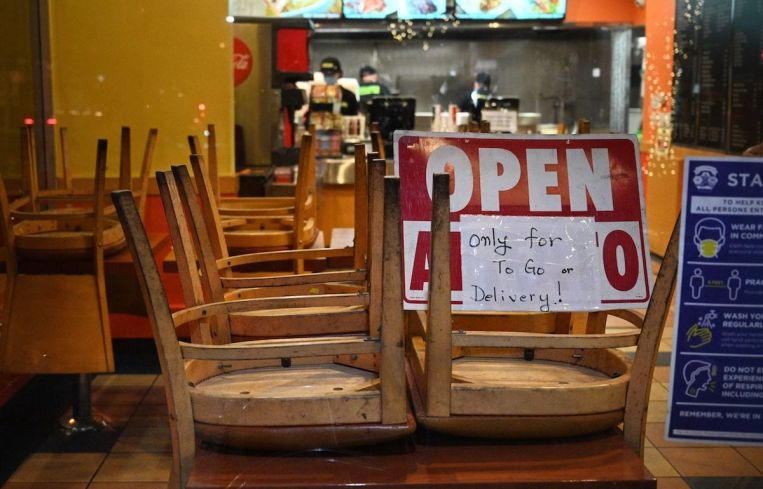
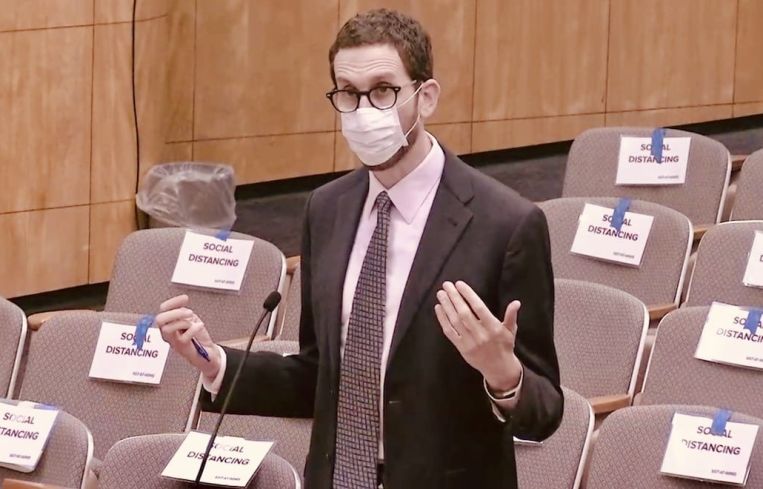
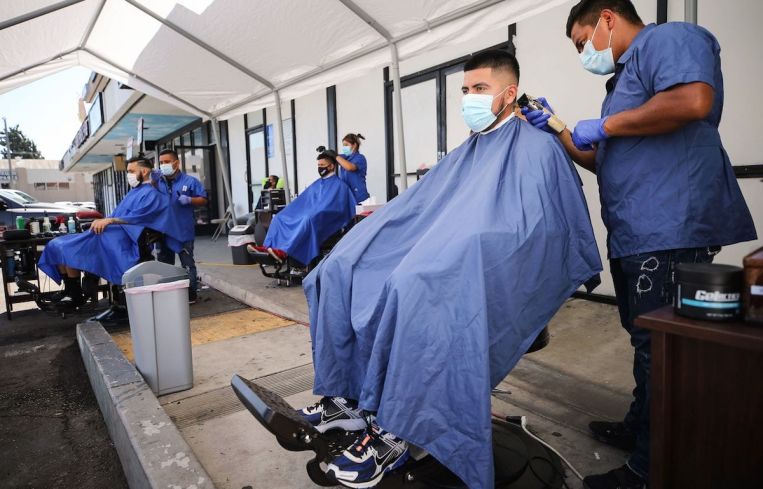
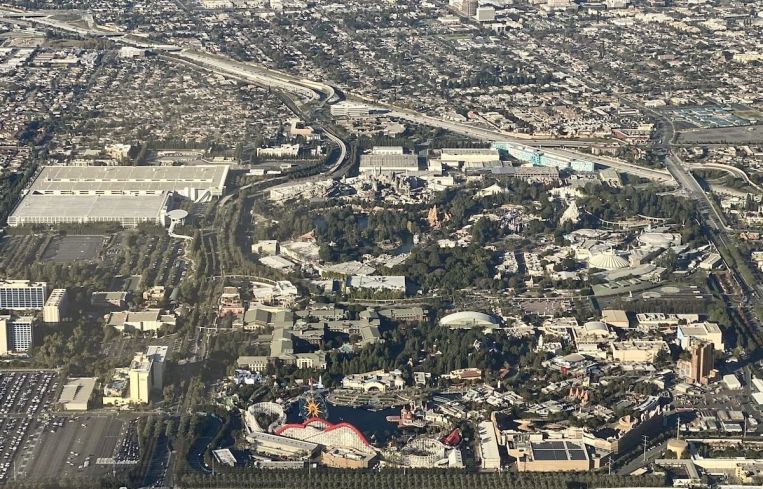

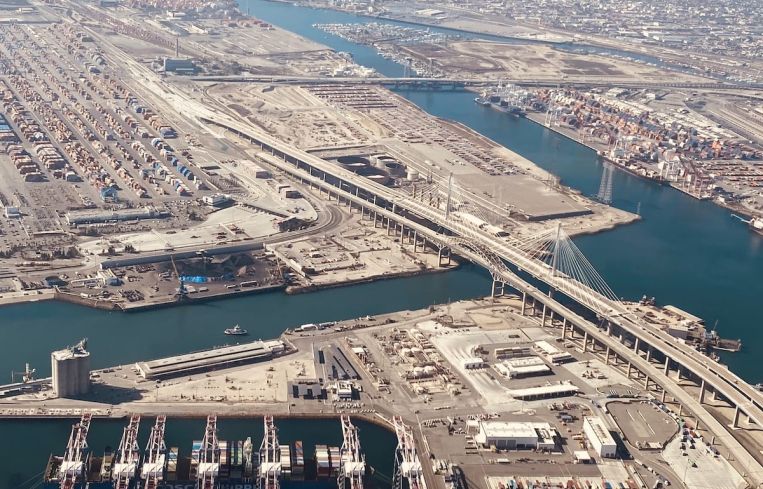
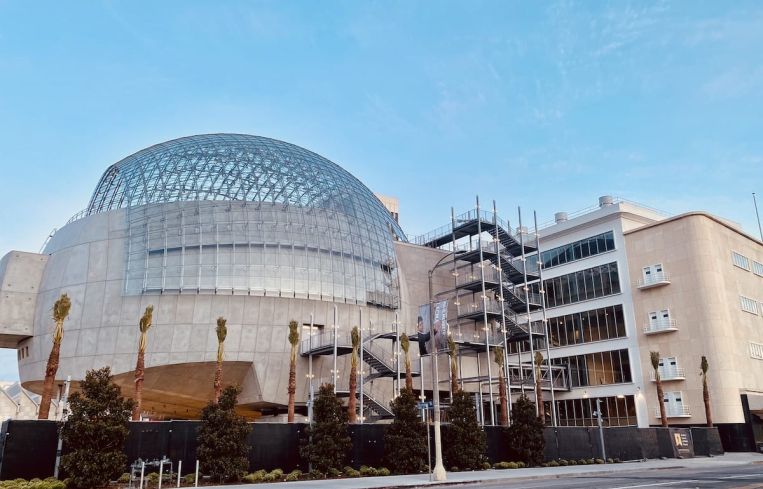
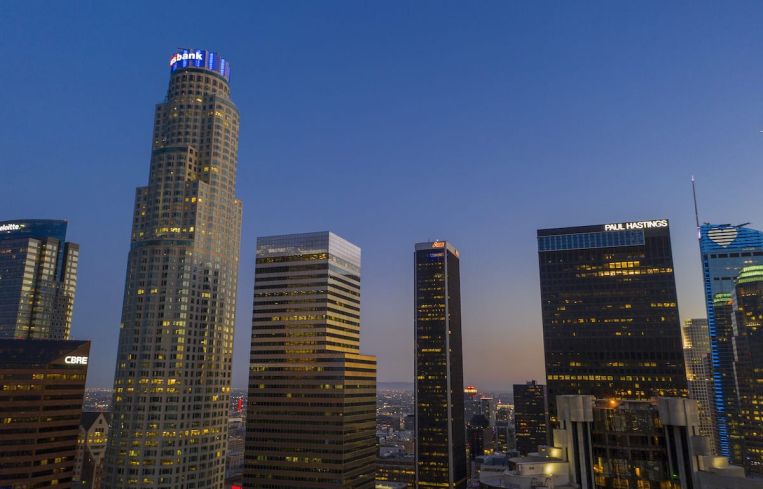
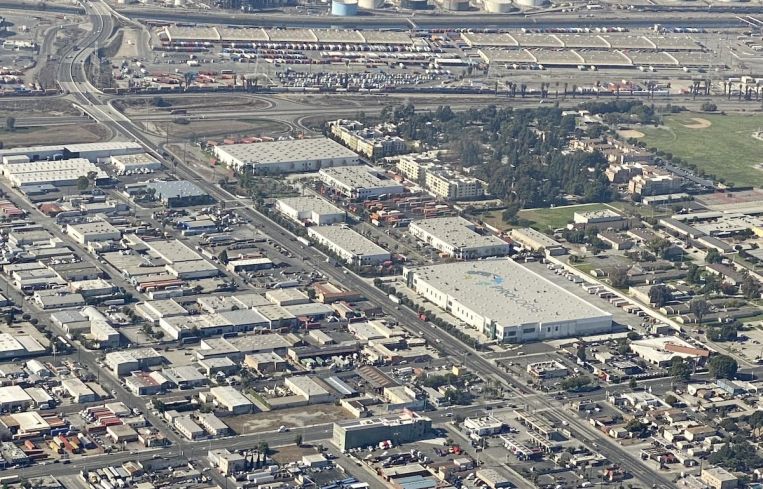
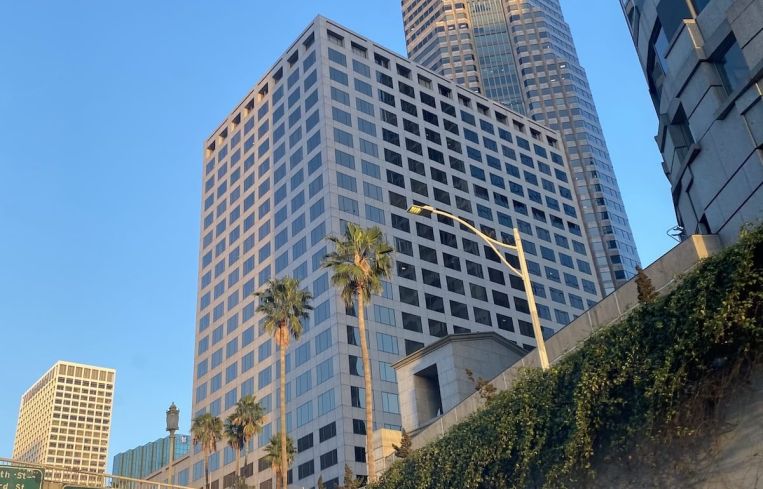

How many times and how many ways can you say, “What a year?”
As Los Angeles closes the chapter on a tumultuous 2020, it’s time to look at what worked and what didn’t. It’s time to look at the trends that came and went, the deals that defined the year, and how the pandemic changed the landscape.
It’s been the year of closures, closures, and more closures. Coronavirus devastated entire industries, and brought incalculable financial loss. A lost holiday season could mean more permanent closures for retail and hospitality establishments, as well as the continued expansion of e-commerce and online shopping.
But it’s also time to look forward to 2021. Although it will bring extended stay-at-home orders, it will also bring the continued distribution of vaccines and a new administration to the White House. After more than nine months of widespread uncertainty, Commercial Observer talked to brokers, owners, and investors about the good, the bad, and the really bad of 2020, and how the city and county of L.A. will rebound going forward.
The Great: E-commerce
While everyone else in real estate is stuck on the sidelines, industrial landlords and warehouse tenants continue full steam ahead, and it seems like nothing will derail the e-commerce train.
The company leading the way is you-know-who. In June, Amazon signed a 155,700-square-foot lease in the Santa Clarita Valley, and, in November, paid $63 million for the Orange County Register’s former printing plant, where it will create yet another last-mile distribution site. Then, earlier this month, Amazon announced another new delivery center in Silicon Beach. And that’s just a few of the company’s dealings in Southern California.
CBRE forecasted that online returns will hit a record $70.5 billion after the holiday season. John Loper, associate professor of real estate at the University of Southern California’s Price School of Public Policy, told CO that the industrial market is more than set to take advantage of those returns — particularly in Southern California’s Inland Empire.
“[The Inland Empire has] a great labor pool, they’ve always had more people living there than jobs, and it’s affordable like the other states that people are moving to,” he said. “But it’s still in Southern California.”
Loper also pointed to the expanding transportation infrastructure in the Inland Empire, with major investment set for major highways to get trucks moving. The pandemic and the work-from-home phenomenon accelerated the “urban exodus” of renters from L.A. to the Inland Empire, and Loper said the region has seen apartment rent growth and a drop in vacancies in the multifamily sector, as well as a healthy rise in single-family home investment.
“When you’re in industrial, especially e-commerce, one of the most important things is getting your product to where your customers are,” he said. “If you have a transportation system that has improvements on the horizon, it makes investing in a warehouse more desirable.”
The Good: Studios and Soundstages
Even for Hollywood — and despite a global pandemic — there’s never been a year like 2020 for soundstages and production space. Aside from coronavirus, 2020 will be remembered for the $1.7 billion joint venture between Blackstone Group and Hudson Pacific Properties, which capitalized on an expanding office and studio portfolio.
“Given the small size of the market, we have seen only a handful of transactions over the past few years, and the Blackstone/HPP deal easily dwarfs previous volumes,” said Eric Willett, regional research director at CBRE, told CO via email.
The “streaming wars” and nonstop demand for content continue to push rents and squeeze space, as it wasn’t just Blackstone tapping in this year — far from it. Netflix leased 171,000 square feet in Burbank for its first animation studio this year, and Santa Monica-based BLT Enterprises made two studio acquisitions in Hollywood, including the historic Television Center. When the deal was announced, Bernard Huberman, founder of BLT, said Hollywood “is undergoing a renaissance with the convergence of media and technology.” Again, that’s just a few of the most notable studio deals this year.
But don’t expect a new trend of studio sales to carry into next year. Jeff Pion, CBRE’s vice chairman, said the opportunities are too limited.
“I believe there are buyers that would be interested, but a lack of sellers in the marketplace that are looking to divest,” Pion said.
Instead, CBRE expects users to tap into the industrial market to convert their own space.
“We see increased interest from production companies in industrial conversions in what have traditionally been secondary neighborhoods,” Willett said. “As filming picks up again and social distancing restrictions are relaxed, we expect to see more activity in this adaptive reuse space.”
The Crisis: Affordable Housing
L.A.’s multifamily market, already deep into a years-long housing crisis, has been severely strained. Hundreds of thousands of Angelenos are struggling to pay rent, and USC’s Loper said in the long run, the pandemic will increase the need for affordable housing.
“Affordable housing as a real estate sector has always been very stable with high occupancy and very little turnover,” he said. “I think the pandemic caused more turnover with people moving or not being able to afford to pay the rent. But I think it shows that there’s a big need for it.”
He said the biggest question will be whether enough capital is available. But a slowdown in other sectors could mean new funding for multifamily development. The rental market will continue to fluctuate throughout the inoculation period, especially as rent freezes and moratoriums on evictions are extended or expire. But state lawmakers are already working to extend the state’s moratorium through the end of 2021, and the city of L.A.’s protections will last until after the end of California’s state of emergency.
The Bad: Retail
You can’t fight Amazon if you can’t open up shop.
The brick-and-mortar sector is suffering one major blow after another. Black Friday was mostly just Bleak Friday, as visits to physical stores dropped 52 percent around the country this year, and online sales surged.
Things will likely continue to get worse with new business restrictions in place. Owners, landlords and tenants have been asking for more federal stimulus for months. But those pleas were largely ignored until the final week of the year.
Jay Luchs, vice chairman at Newmark, talked about how, at the beginning of the pandemic, they were figuring out how to make things work for just about three months.
“Now that it’s been nine months, we’re way past the initial shock,” he said. “Many of the tenants that aren’t luxury are going to have a hard time making up for all the rent that they owe.”
Luchs said he usually completes 60 to 80 lease deals per year, but if he finishes with 10 this year, “that would be great.”
Melrose Avenue, for example, is home to some of the most notable stretches of retail in the city, but today it looks more vacant than ever. Luchs said it looks bad, but when restaurants open back up, it will help bring retail brands back.
“If (tenants) do leave, there will be new ones,” Luchs said. “My daily business includes dealing with tenants who can’t pay rent, or need a deferral, and it’s also dealing with the ones who are waiting around.”
He added he’s finally working on 10-year lease deals again for “the first time in a long time.”
Joseph Miller, principal at Runyon Group, said they’re focusing on how tenants were able to achieve pre-pandemic revenues in the short windows of time when they were allowed to reopen.
“While shoppers want commodity and convenience online, they will also always look for a unique experience and seek out the feeling of community and discovery that independent retail can bring,” he said. “It has been awful that a lot of folks lost their businesses this year. But at the same time, we are seeing a lot of creative concepts that were born in lockdown and rolling out now to a positive reception.”
Ryan Ash, associate project director at Vestar, conceded that increased restrictions create a challenging environment for full-service restaurants and fitness operations.
“Once a vaccine is distributed and COVID-related restrictions are eased or lifted, we believe we will see a large amount of pent-up demand across the entire retail sector … ” he said. “A positive trend we are seeing is that our quick-service restaurants have done a great job partnering with application-based delivery services.”
The Enigma: Office
Will we stay home or will we go back to the office?
Workspace is changing on its face due to the extended work-from-home experiment. One day, you’ll hear about Google and Facebook pushing their return to the office until September 2021. The next day, you’ll hear Netflix’s CEO, Reed Hastings, quip that he wants employees back in the office the day the vaccine is available.
One thing is for sure — the office market will change. But we’re still figuring out how. Tech-based commercial brokerage Raise explained there is no going “back to normal” after employees discovered being in an office every day isn’t necessary.
Sublease space continued to increase across L.A. in the fourth quarter. It still pales in comparison to New York’s, but L.A.’s amount of office space available for sublease jumped 16.5 percent since September, and 65 percent since the onset of the pandemic, according to JLL. Raise said it represented a “collective knee-jerk reaction” to the prospect of long-term remote work.
Deals were sparse throughout the year, and the one that led the way ironically epitomized the struggles of the year when Silverstein Properties acquired the U.S. Bank Tower in Downtown L.A. for $430 million. It was a steal considering the sellers originally wanted $700 million. Apollo Global Management provided $275 million for the acquisition.
“Our recent activity in Los Angeles […] reflects Apollo’s confidence in both the local market and the continued strength of the West Coast’s gateway cities,” said Scott Weiner, Apollo’s global head of real estate debt. “The U.S. Bank Tower loan was the first major transaction we completed after a brief pause in the second quarter to assess the initial impact of COVID-19.”
Renewal activity continued to trend upward, posting 2.5 million square feet of activity, which is 39.4 percent higher than this time last year. The largest new lease of the year went to Disney, which took the entire 420,000-square-foot building at 3800 West Alameda Avenue in the Burbank.
Thankfully, the last couple of months brought serious signs for hope. Lincoln Property Company, which had a banner year despite coronavirus, was involved in a $186 million acquisition for a Hollywood office, as well as the $196 million deal for an office tower in Downtown L.A. Finally, the firm sold the Colorado Campus in Santa Monica for $166 million, for the third major deal in a two-month span to end the year.


